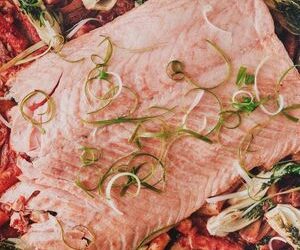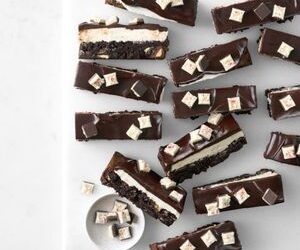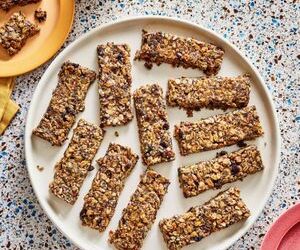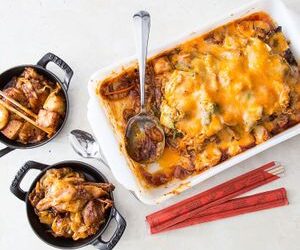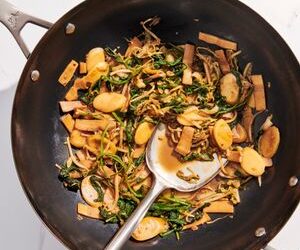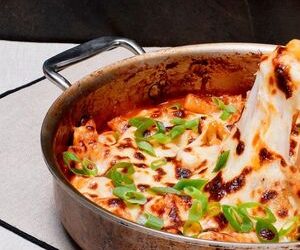It’s the icing on the cake…or is it the frosting? When it comes to finishing and decorating favorite cakes, cupcakes, cookies, and other baked goods, when should you use icing and when should you use frosting—and what’s the difference anyway? To add to the confusion, you’ve probably heard the terms “frosting” and “icing” used interchangeably. In your quest to make the best baked goods, it’s important to know the difference between your sweet toppings, so we’re here to set the record straight.
Icing vs. Frosting
You’ll be glad to know there is a distinction between the two. In broad terms, frosting is thick and fluffy, and is used to coat the outside (and often the inner layers) of a cake. Icing is thinner and glossier than frosting, and can be used as a glaze or for detailed decorating.
Frosting
There are many types of frosting, and the naming and differences between them is not always clear. The most popular kinds of frosting are American buttercream frosting, cream cheese frosting, Swiss meringue buttercream frosting, and Italian meringue buttercream frosting.
American Buttercream Frosting
The classic birthday cake frosting, American Buttercream Frosting, is also known as traditional buttercream frosting. It is made with a mixture of fluffy creamed butter, confectioners’ sugar, a small amount of liquid (usually milk) and flavoring such as vanilla, coffee, or raspberry.
Cream Cheese Frosting
What would carrot cake be without Cream Cheese Frosting? This easy frosting is made the same way as traditional buttercream, but some of the butter is swapped out for tangy cream cheese.
Swiss Meringue Buttercream Frosting
Swiss Meringue Buttercream Frosting begins by warming egg whites and sugar in a double boiler, after which you whip the mixture to shiny peaks, then beat in softened butter. This frosting is silky and stable; perfect for piping and decorating.
Italian Meringue Buttercream Frosting
This frosting starts with a base of whipped egg whites, to which you add hot sugar syrup and then softened butter until the Italian meringue buttercream frosting is glossy and fluffy, and marshmallow-like. It’s well suited for frosting cupcakes and layer cakes.
Icing
At its most basic, icing, like our White Icing, can be a simple combination of confectioners’ sugar and liquid (cream, milk, citrus juice, or liqueur) mixed to a smooth consistency that’s thick enough to coat the surface of a cookie but thin enough to spread into a completely smooth, almost puddle-like layer.
Icings set quickly and stiffen as they dry. They are sometimes used for piping, but more often they are spooned or poured over the cake or cookie, or a cookie is dipped into the icing. The distinction does not apply to royal icing as it is often used for piping to create details.
Royal Icing
Royal icing is the most popular kind of icing for detailed cookie decorating. It contains confectioners’ sugar and liquid, with the addition of egg whites or meringue powder, which gives the icing more stability and allows it to dry to a hard, shiny finish. Royal icing can act as an edible glue for assembling gingerbread houses, and can be made thinner or thicker depending on if you’re using it for piping detailed decorations or for “flooding”—that is, filling in the surface of the cookie with a smooth, even layer of icing.

